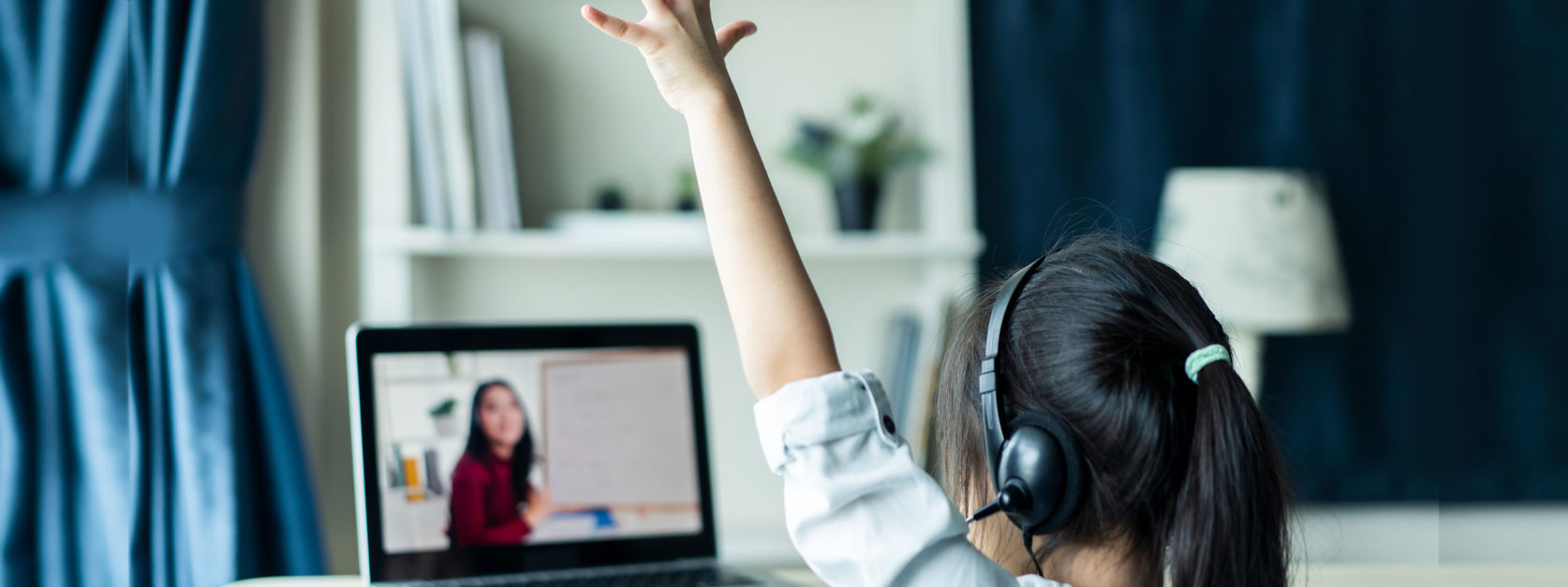I remember back in early 2019 (those golden days of in-person teaching) I sat in on one of my colleagues’ afterschool cohorts. Students crowded around tables with different plant and animal fossils, picking them up and grinning with interest. They were in the process of studying ecosystems and had been tasked with determining how these organisms would fare in different environments. One student, however, was clearly having a hard time.
This was the first day of cohort and I suspect he was a little shy. Those first-day jitters, combined with the big personalities of his classmates, had caused him to withdraw from the lesson. Fortunately, my colleague knew just what to do. He sat down with the boy and started a conversation. After a few minutes, the boy happened to share that his favorite animal was the mongoose.
“Oh, really?” said my colleague with interest, “I don’t know much about the mongoose. What kind of environments do they live in?”
It worked like a charm. Suddenly this boy was invested in the lesson. He deeply wanted to know how his favorite mammal would fare in jungles, deserts, or swamplands (quite well it turns out). By engaging on a personal level, he didn’t just learn about the day’s lesson, he also took charge in his own development.
Cultivating Change
Engagement in learning is a two-way street. Every teacher wants their class to invest in and retain the day’s material, but we also need to be cognizant of students’ thoughts and feelings. Getting students to open up and communicate is a great way to get them invested. It could even be the spark students need to jump from learning about something to doing something in their community.
Unfortunately, remote learning has made this task much harder than it used to be. Writing for Edutopia, Sarah Kesty points out how the change in environment has also impacted the way teachers connect with students. She states,
“When we teach in physical settings, we scan our students’ faces, body language, and on- and off-task behavior to gauge how well our students are engaging and understanding. We’re able to pivot, reteach, or speed up, depending on our read of the class and students’ answers to quick, formative questions. In online learning, however, our ability to see students’ faces and hear or read student feedback efficiently is impaired or lost.”
Empowering students remotely may be difficult but it’s not impossible. Here are just a few simple techniques for helping students find their voice.
Simple Strategies
- Start with a Question: Students are naturally curious. “Can students help create a class full of millionaires?” “Can we save our school money while saving the planet?” Even in a remote environment, these questions can drive students to search for answers. By beginning lessons with a thoughtful question, teachers can give them room to explore while remaining within the boundaries of the project. Sometimes the simplest strategies work best of all.
- Tech Tools: Occasionally the trouble boils down to which tools we’re using. In that case, it’s good to familiarize ourselves with the latest tech resources in remote learning. Common Curriculum and Wakelet can provide organizational support, while Class Dojo allows teachers to approach students more relationally. Best of all, virtual PBL can offer students a voice and sense of agency while they work. Don’t be afraid to experiment and use the tools that work best for you!
- Reflection Journals: Reflective exercises like journal writing or filling out a google form can help students cultivate a better awareness of their personal development. Toward the end of each lesson, give students the opportunity to reflect on what they’ve learned. How can they apply their knowledge to real-world problems? How does this connect to their personal interests?
Students who are excited and equipped are more likely to engage with their work. By listening to their thoughts and wonderings, we not only teach them how to engage, but we also show them how to take ownership of their learning. When that happens, they can become a powerful voice for change! Who knows, tomorrow’s changemaker could be sitting in your classroom.

